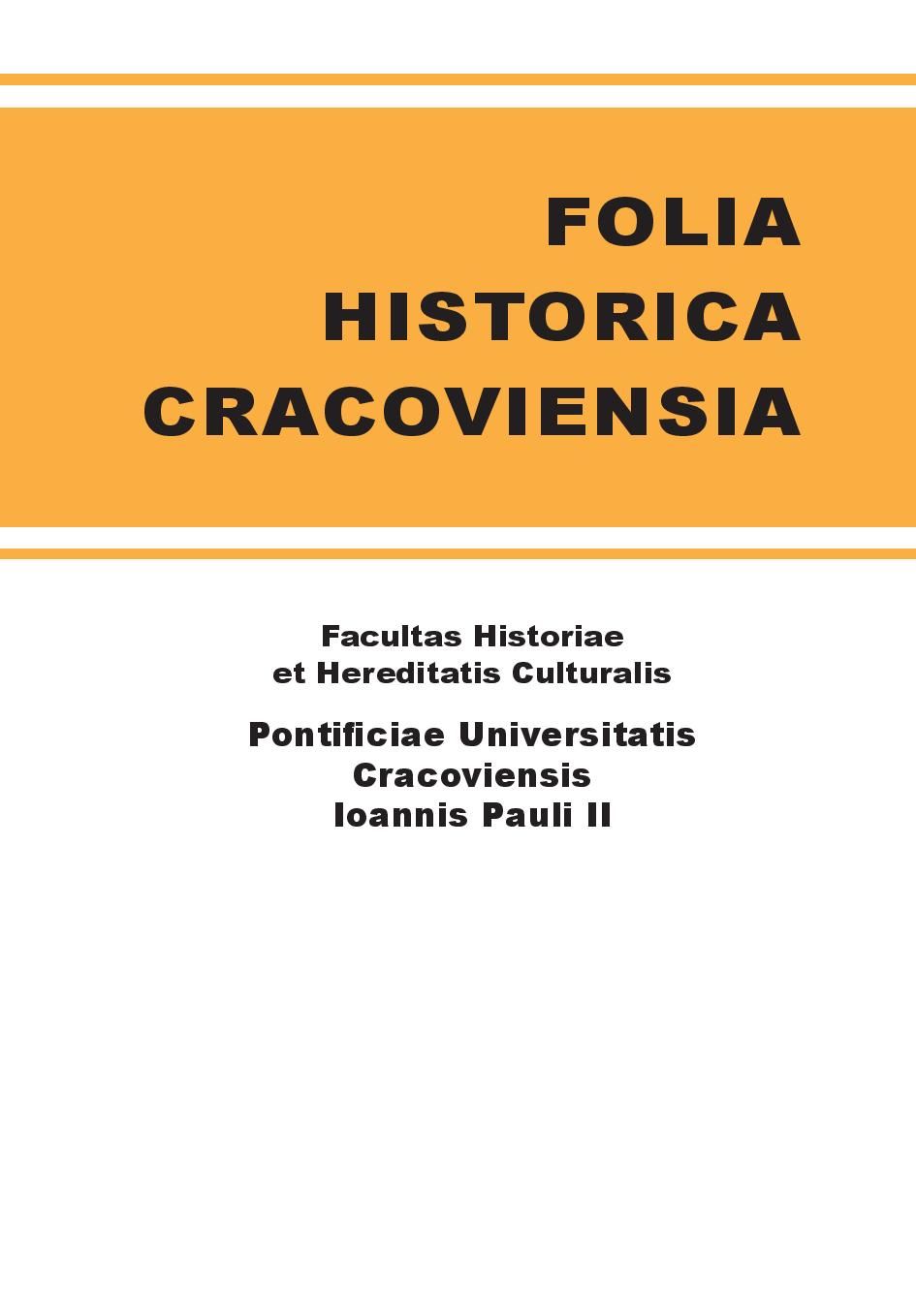Bielany – ulubione miejsce Krakowa. Związki bielańskich kamedułów z Krakowem w okresie staropolskim
Bielany – Krakow's favourite place. The connections between the Camaldolese of Bielany with Krakow in the Old Polish period
Author(s): Andrzej BruździńskiSubject(s): Architecture, History of Church(es), Recent History (1900 till today), 17th Century, 18th Century, 19th Century
Published by: Wydawnictwo Naukowe Uniwersytetu Papieskiego Jana Pawła II w Krakowie
Keywords: Camaldolese; monastery in Bielany; Kraków
Summary/Abstract: Na początku XVII wieku pojawili się pejzażu krakowskim biali mnisi, kameduli, którzy przyszli do Krakowa po trudnym okresie reformacji i niepokojów, jakie dotknęły wszystkie dziedziny ludzkiego życia, przede wszystkim religijnego, ale także społecznego, umysłowego i obyczajowego. Kameduli przyszli po zaprowadzeniu ładu i porządku w Kościele poprzez postanowienia Tridentinum. Przyszli, aby poprzez przykład własnego umartwienia i milczenia wlać w rozgorączkowane sarmackie głowy spokój myślenia i postępowania – tak jak spokój bieli i harmonii ich monumentalnego klasztoru górującego nad miastem. Ich zakonna prostota i ubóstwo połączyła się tutaj z barokową „tendencją zmagającego się nadmiaru”, a wszystko po to, aby umocnić wiarę i pobożność katolików, a zawstydzić protestanckie obrazoburcze ubóstwo.///In the early 17th century the Krakow scenery was dotted with white monks: the Camaldolese, who arrived in Krakow following a difficult period of reformation and unrest which affected not only religious but also social, intellectual and moral aspects of human life. The Camaldolese came after the Council of Trent had restored order and integrity in the Church. By setting an example of their own mortification and silence, the monks strove to feed agitated Sarmatian heads with calm and composed thinking and acting, much like the serenity and harmony of their monumental monastery towering over the city. Here the simplicity of monastic life and poverty was combined with a Baroque "culture of excess", only to strengthen the Catholic faith and piety, shaming the iconoclastic austerity of the Protestants.
Journal: Folia Historica Cracoviensia
- Issue Year: 17/2011
- Issue No: 1
- Page Range: 31-78
- Page Count: 48
- Language: English, Polish

